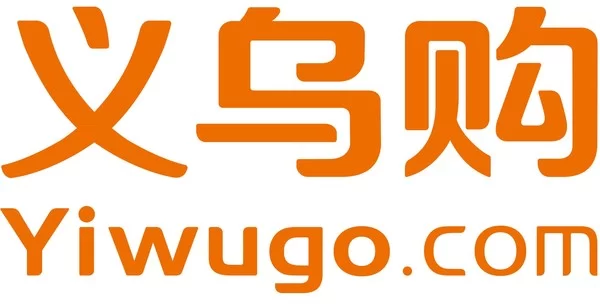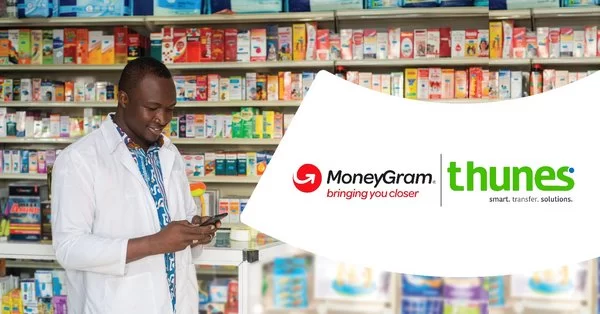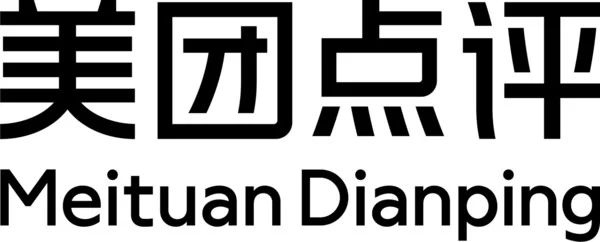BEIJING, Sept. 7, 2020 — 58.com Inc. (NYSE: WUBA) ("58.com" or the "Company"), China’s largest online market place for classifieds, today announced that at an extraordinary general meeting of shareholders held today, the Company’s shareholders voted in favor of, among other things, the proposal to authorize and approve the execution, delivery…
Hexindai Regains Compliance with Nasdaq Minimum Bid Price Requirement
BEIJING, Sept. 5, 2020 — Hexindai Inc. (NASDAQ: HX) ("Hexindai" or the "Company"), a mobile e-commerce and consumer lending platform in China, today announced that it has received a notification letter from the Listing Qualifications Department of the Nasdaq Stock Market ("Nasdaq"), informing the Company that it has regained compliance with…
New Research Shows How Sales Processes Are Adapting to COVID-19
New research highlights rapid change to the traditional sales environment and how sales professionals are adapting PETERSFIELD, England, Sept. 2, 2020 — Leading cloud CRM vendor, Really Simple Systems, has published a new report detailing the findings of recent international research into the roles,…
WeTrade Group Announces Stock Split
BEIJING, Aug. 31, 2020 — WeTrade Group Inc. (US: WETG), a SaaS company providing technical services and solutions to membership-based social e-commerce, announced its first stock split on August 28th. The company’s three-for-one stock split will officially take place on August 31st. For companies, it’s important to note that…
Tuniu Announces Unaudited Second Quarter 2020 Financial Results
NANJING, China, Aug. 28, 2020 — Tuniu Corporation (NASDAQ: TOUR) ("Tuniu" or the "Company"), a leading online leisure travel company in China, today announced its unaudited financial results for the second quarter ended June 30, 2020. "After nearly six months of downturn caused by the COVID-19 outbreak, we are encouraged to…
L-com Introduces New USB 3.0 Right-Angle Type-C Assemblies Ideal for High Speed Data Transfer in Tight Spaces
IRVINE, Calif., Aug. 28, 2020 — L-com, a preferred manufacturer of wired and wireless connectivity products, announced today that it has launched a new line of USB 3.0 right-angle type-C assemblies that are ideal for data storage and acquisition, test and measurement, video transfer or cameras, portable data storage, and…
Yiwugo Signed a Digital Strategic Cooperation with AfriChina Projects Limited
YIWU, China, Aug. 27, 2020 — Yiwugo.com, the official website of the Yiwu Commodity Market, which is the largest commodity wholesale market in the world, and AfriChina Projects Limited have signed a digital cooperation agreement. Yiwugo hopes to provide better localized and quality…
MoneyGram Expands Digital Network and Mobile Wallet Capability by Integrating with Global Payment Network, Thunes
JOHANNESBURG and SINGAPORE, Aug. 26, 2020 — MoneyGram International, Inc. (NASDAQ: MGI), a global leader in cross-border P2P payments and money transfers, today announced a partnership with leading fintech payment network, Thunes, which will enable MoneyGram’s customers to seamlessly send money directly to mobile wallets and bank accounts globally through…
AirPay FinTech integrate with AsiaPay, facilitate eCommerce merchant to accept and drive sales via Alipay, WeChat Pay & UnionPay digital marketing
eCommerce merchant can now accept and drive sales via Alipay, WeChat Pay & UnionPay through AirPay – AsiaPay payment gateway integration. AirPay FinTech provides digital marketing support to drive 1M+ Chinese consumers to merchants’ website. Support popular shopping cart like Shopify, Magento, Opencart & WooCommerce, etc. …
Meituan Dianping Announces Financial Results for the Three and Six Months Ended June 30, 2020
HONG KONG, Aug. 21, 2020 — Meituan Dianping (HKG: 3690) (the "Company" or "Meituan"), China’s leading e-commerce platform for services, today announced the unaudited consolidated results of the Company for the three and six months ended June 30, 2020. …






